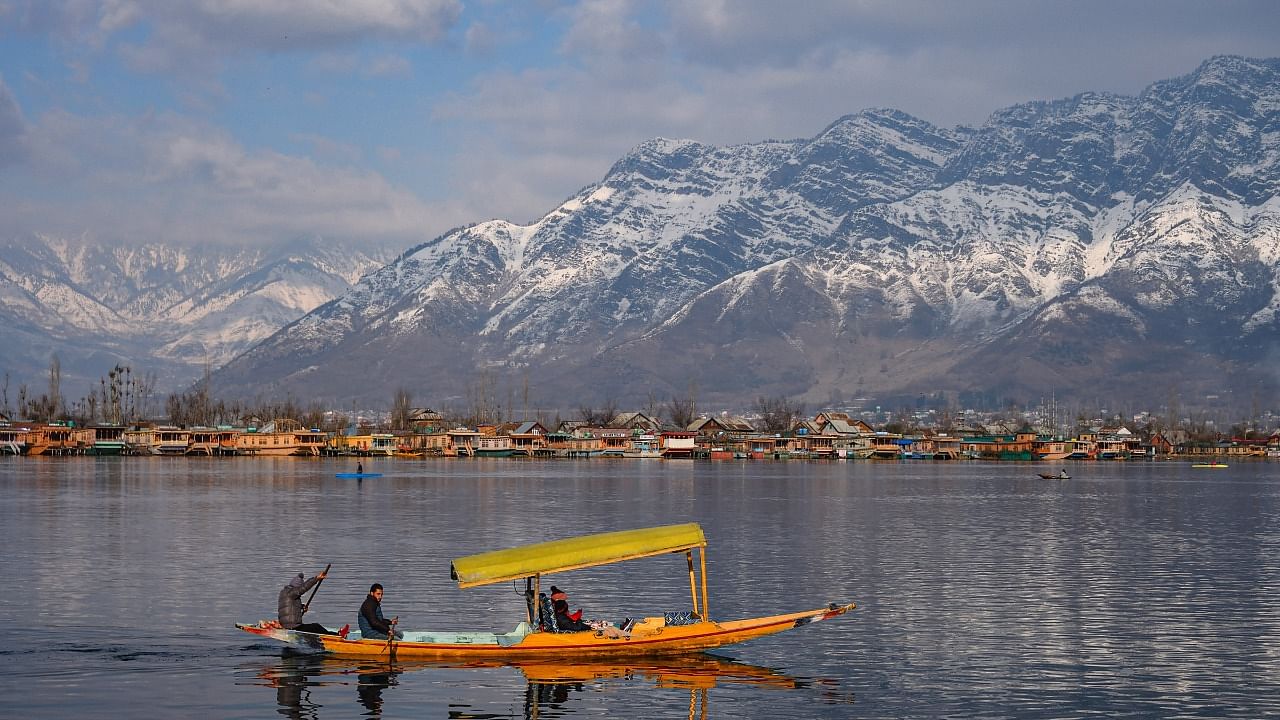
The final recommendations of the Jammu & Kashmir Delimitation Commission, which were notified last week, are on expected lines. The final award has not removed the apprehensions expressed about the exercise from the beginning, rather it has confirmed them. The Commission has proposed increasing the number of Assembly seats by six for the Jammu region from the present 37 and Kashmir’s tally by one to 47. There are two seats for Kashmiri Pandits, though it is not clear where the seats are. The award has increased the legislative and political strength of the Jammu region and reduced that of the Kashmir Valley. The number of voters in the Assembly constituencies in the Jammu region is less than that in the Valley constituencies. That would mean that a vote in Kashmir will have less value than a vote in Jammu, and would make the Valley voter a lesser citizen. The parties based in the Valley have expectedly opposed the recommendations. They had made representations to the Commission, but their views do not seem to have had any impact.
Population is usually the criterion for delimitation of constituencies. But in the case of J&K, “physical features, existing boundaries of administrative units, facilities of communication and convenience to the public” were inserted, though there is no convincing reason for this. The need for delimitation of seats in Kashmir is itself not clear when the exercise is not undertaken in other parts of the country. The J&K Reorganisation Act, 2019, under which the exercise was undertaken, is still under legal challenge. The Commission has said that it has taken the entire Union Territory as a single unit but the rationale for this is not clear. Even the laid down criteria have not been followed. The Anantnag parliamentary constituency will now be called Anantnag-Rajouri and will consist of 11 Assembly segments from South Kashmir and seven from Jammu, and will sit across the Pir Panjal ranges. There is no road link between the two sides in winter. This seems to have been done with the intention of changing the political complexion of the constituency by reducing the number of Kashmiri Muslims in it.
That, indeed, was the aim of the entire exercise. Kashmir, with 56 per cent of the population, will now have 52 per cent of the Assembly seats and Jammu, with 44 per cent of the population, will have 48 per cent seats. This can only increase the divide between the two parts of J&K and increase disaffection in Kashmir. If the scrapping of Article 370 and the actions that followed were aimed to better integrate Kashmir with the country, the delimitation will not serve that purpose. It is gerrymandering along communal lines with electoral and political intent.